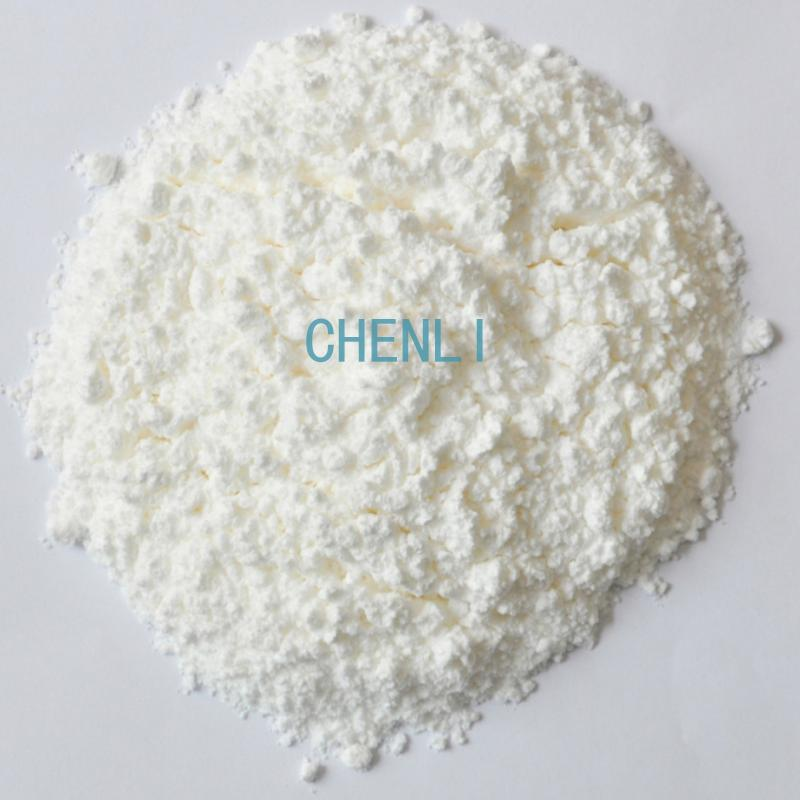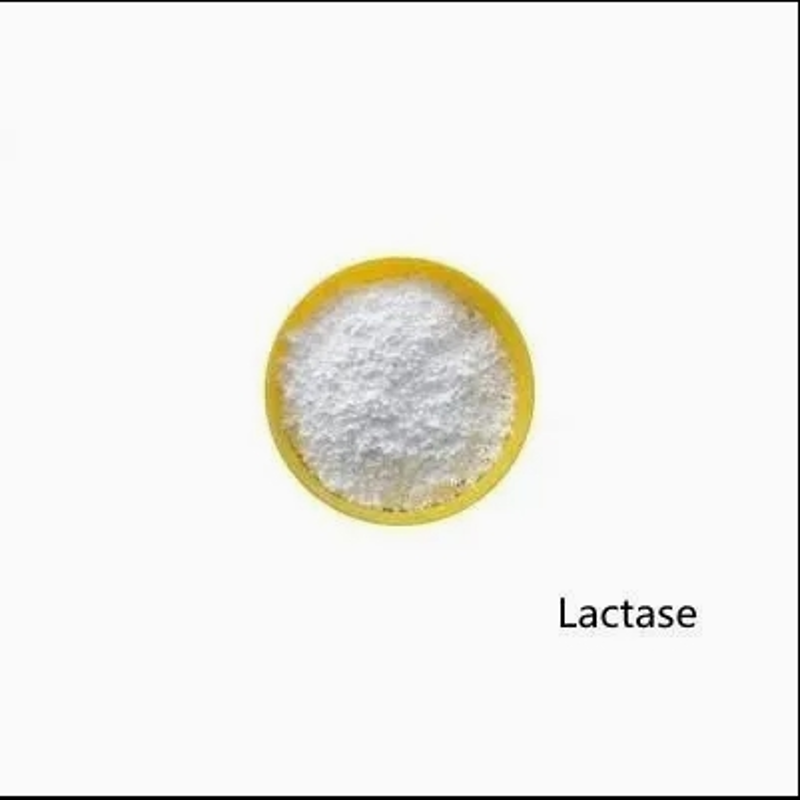-
Categories
-
Pharmaceutical Intermediates
-
Active Pharmaceutical Ingredients
-
Food Additives
- Industrial Coatings
- Agrochemicals
- Dyes and Pigments
- Surfactant
- Flavors and Fragrances
- Chemical Reagents
- Catalyst and Auxiliary
- Natural Products
- Inorganic Chemistry
-
Organic Chemistry
-
Biochemical Engineering
- Analytical Chemistry
-
Cosmetic Ingredient
- Water Treatment Chemical
-
Pharmaceutical Intermediates
Promotion
ECHEMI Mall
Wholesale
Weekly Price
Exhibition
News
-
Trade Service
According to the food safety supervision and sampling arrangements of the Guangxi Zhuang Autonomous Region Market Supervision And Administration, from December 21, 2018 to January 20, 2019, a total of grain processing products, cooking oils, oils and fats and their products, condiments, meat products, dairy products, beverages, convenience foods, biscuits, canned goods, frozen drinks, frozen food, potatoes and puffed food, confectionery products, tea and related products, alcohol, vegetables, fruit products 31 categories of 5785 batches of food samples, such as fried food and nut products, egg products, cocoa and roasted coffee products, sugar, aquatic products, starch and starch products, pastries, soy products, bee products, health food, infant formula, food and beverage food, food additives and edible agricultural products, etc.
In 31 kinds of sampling food samples, the items inspected all qualified food varieties have 14 categories: 60 batches of dairy products, 10 batches of biscuits, 7 batches of canned food, 16 batches of frozen food, 45 batches of potato and puffed food, 23 batches of candy products Times, egg products 8 batches, cocoa and roasted coffee products 4 batches, aquatic products 23 batches, starch and starch products 21 batches, bee products 13 batches, health food 24 batches, infant formula food 11 batches, food additives 19 batches.
there are 17 kinds of food varieties that fail the sampling results: 262 batches of grain processing products, 7 batches of non-conformity, the pass rate is 97.33%; 156 batches, unqualified 1 batch, pass rate of 99.36%, meat products 158 batches, unqualified 9 batches, pass rate of 94.30%, beverage 320 batches, unqualified 12 batches, pass rate of 96.25%; 81 batches of food, 7 batches of non-conformity, pass rate of 91.36%, frozen drinks 11 batches, unqualified 1 batch, pass rate of 90.91%, tea and related products 196 batches, unqualified 2 batches, pass rate of 98.98%; 290 batches, unqualified 10 batches, pass rate of 96.55 percent, vegetable products 114 batches, unqualified 7 batches, pass rate of 93.86 percent, fruit products 121 batches, unqualified 5 batches, pass rate of 95.87 36 batches of fried food and nut products, unqualified 1 batch, pass rate of 97.22%, sugar 15 batches, unqualified 1 batch, pass rate of 93.33%, pastry 264 batches, unqualified 5 batches, pass rate of 98.11%; Soybean products 85 batches, unqualified 2 batches, pass rate of 97.65 percent, food and beverage food 405 batches, unqualified 4 batches, pass rate of 99.01 percent, edible agricultural products 2840 batches, unqualified 80 batches, pass rate of 97.18 percent.
the main problems found in the sampling: First, the detection of over-range, over-limited use of food additives unqualified samples 36 batches, accounting for 22.09% of the total number of non-conforming samples.
is to detect heavy metals and other elemental pollutants unqualified samples 31 batches, accounting for 19.02% of the total number of non-conforming samples.
22 batches of non-conforming samples, accounting for 13.50% of the total number of non-conforming samples.
19 batches of non-conforming samples of other microorganisms were detected, accounting for 11.66% of the total number of non-conforming samples.
18 batches of non-conforming samples of banned veterinary drugs, accounting for 11.04% of the total number of non-conforming samples.
13 batches of non-conforming samples of pathogenic microorganisms were detected, accounting for 7.98% of the total number of non-conforming samples.
7 batches of non-conforming samples of biotoxins and banned pesticides were detected, accounting for 4.29% of the total number of non-conforming samples, respectively.
is to detect the quality indicators of non-conforming samples 6 batches, accounting for 3.68% of the total number of non-conforming samples.
9 is to detect veterinary drug residues and non-edible substances unqualified samples each 4 batches, accounting for 2.45% of the total number of non-conforming samples.
specific sampling information can be queried through the website of the market (food and drug) regulatory authorities at all levels.
For the above food safety supervision and sampling found unqualified food, the market (food and drug) regulatory authorities at all levels have been non-conforming food and its production and operation enterprises in accordance with the law, and ordered illegal production and operation enterprises to take timely measures to take measures off the shelves, recall unqualified food, at the same time, urge enterprises to conscientiously implement the main responsibility, find the cause of the problem and carry out rectification, prevention and control of food safety risks.
The Guangxi Zhuang Autonomous Region Market Supervision Administration on February 22, 2019







